Soothing a teething toddler can be a major concern for parents. Their frustrated faces, loud cries and aching gums all want relief as soon as possible.
Infants typically begin teething when they are 3 to 6 months old, but the “first year molars” usually come when children are 1 to 1 ½ years old. Because these are larger teeth than the first few that come in, they can be a bit more painful. Typical symptoms include an increase in drooling (though kids at this age drool a lot regardless), fussiness, putting things in their mouth (though again, this happens a lot regardless) and trying to chew on things. Often you can see the tooth beginning to break through.
Home remedies for teething pain
Teething tends to seem worse at night or when children are tired, as that is a time when they will be most bothered by discomfort and harder to distract. The gums can be quite sore, especially during the period when the teeth are close to erupting. My personal preference is to try non-pharmacologic remedies first before moving to medication.
What I find most effective is letting toddlers chew on a washcloth soaked in ice cold water. The cold helps with pain relief, and the texture of the washcloth is soothing on the gums. Other cold things can be helpful too – such as drinking ice water or cold fruit, but be careful of small things that could be choking hazards.
Medications and teething toys
There are two main types of teething medication – topical and oral. The topical medicine most used is benzocaine (Orajel). My feeling about this medication is that it is effective but only for a very short period of time. Topical gels can also be dangerous to use because they come with serious risks, such as local reactions or seizures with overdose. Also, benzocaine-containing teething gels should not be used in infants or children under two years of age. For a toddler who is really uncomfortable a teething gel can be a good temporary fix until the immediate pain passes.
Oral medications such as acetaminophen or Ibuprofen are longer acting and can also provide pain relief.
Teething toys can be effective, but are not really necessary. I think the best teething toys are those that you can freeze. If you decide to use teething toys, it’s important to make sure that they really are designed for young children to chew on, without small parts or materials that could break off and become choking hazards.
The most important thing is to remember that the pain and discomfort are only temporary!
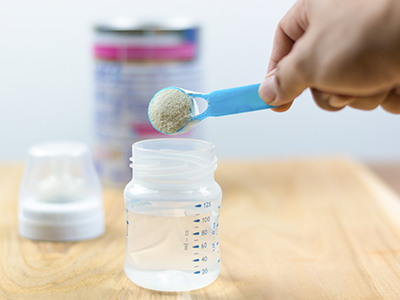 https://riseandshine.childrensnational.org/wp-content/uploads/2022/02/powdered-infant-formula-feature.png
300
400
Rise and Shine
https://riseandshine.childrensnational.org/wp-content/uploads/2017/11/childrens_riseandshine_logo.jpg
Rise and Shine2025-11-14 11:06:012025-11-14 11:18:37What you need to know about the ByHeart infant formula recall
https://riseandshine.childrensnational.org/wp-content/uploads/2022/02/powdered-infant-formula-feature.png
300
400
Rise and Shine
https://riseandshine.childrensnational.org/wp-content/uploads/2017/11/childrens_riseandshine_logo.jpg
Rise and Shine2025-11-14 11:06:012025-11-14 11:18:37What you need to know about the ByHeart infant formula recall


 Lee Beers, MD, was the Medical Director for Community Health and Advocacy within the Goldberg Center for Community Pediatric Health and Child Health Advocacy Institute at Children’s National Hospital.
Lee Beers, MD, was the Medical Director for Community Health and Advocacy within the Goldberg Center for Community Pediatric Health and Child Health Advocacy Institute at Children’s National Hospital.
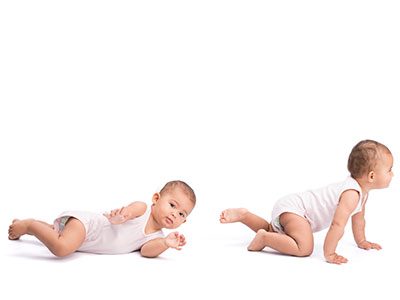
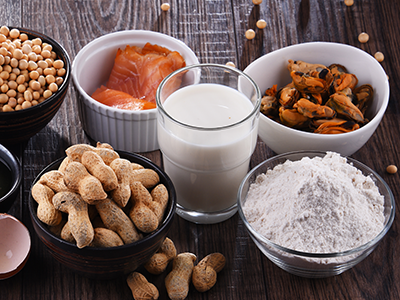
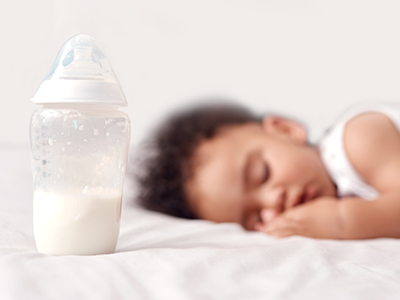

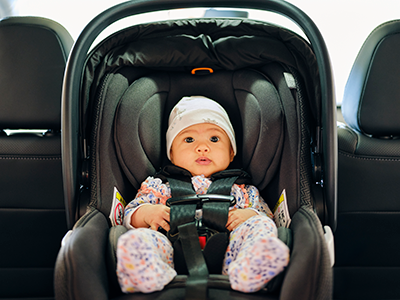
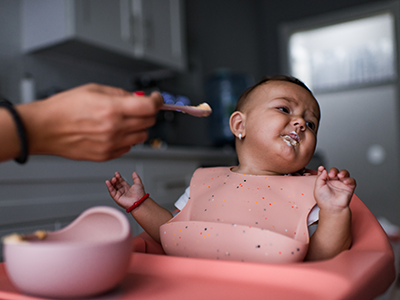
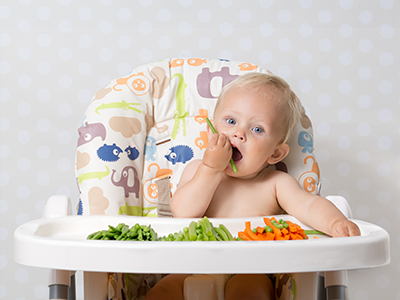
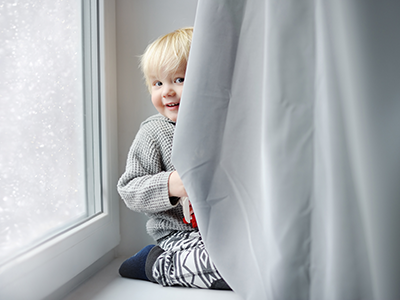

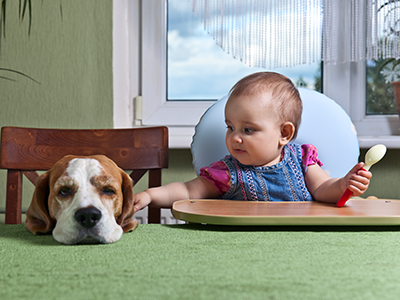
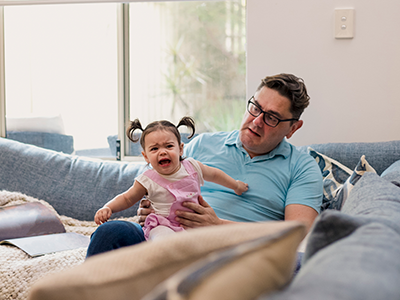

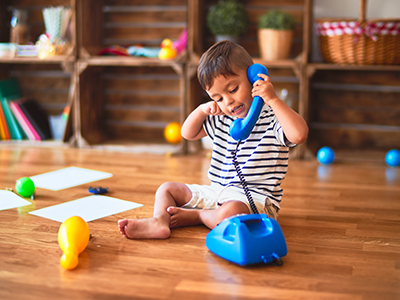
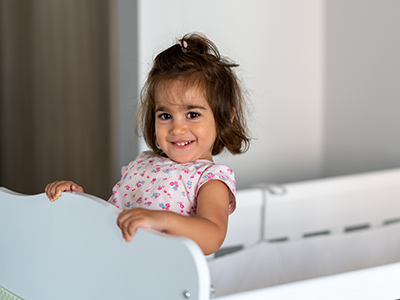
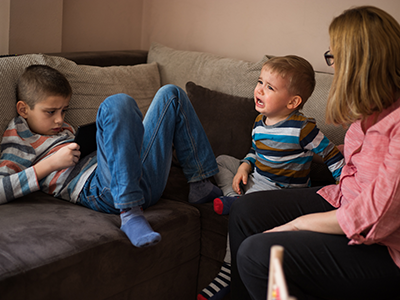

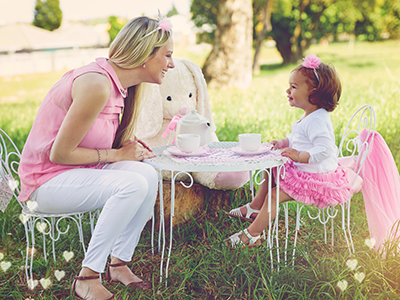

Leave a Comment
Want to join the discussion?Feel free to contribute!